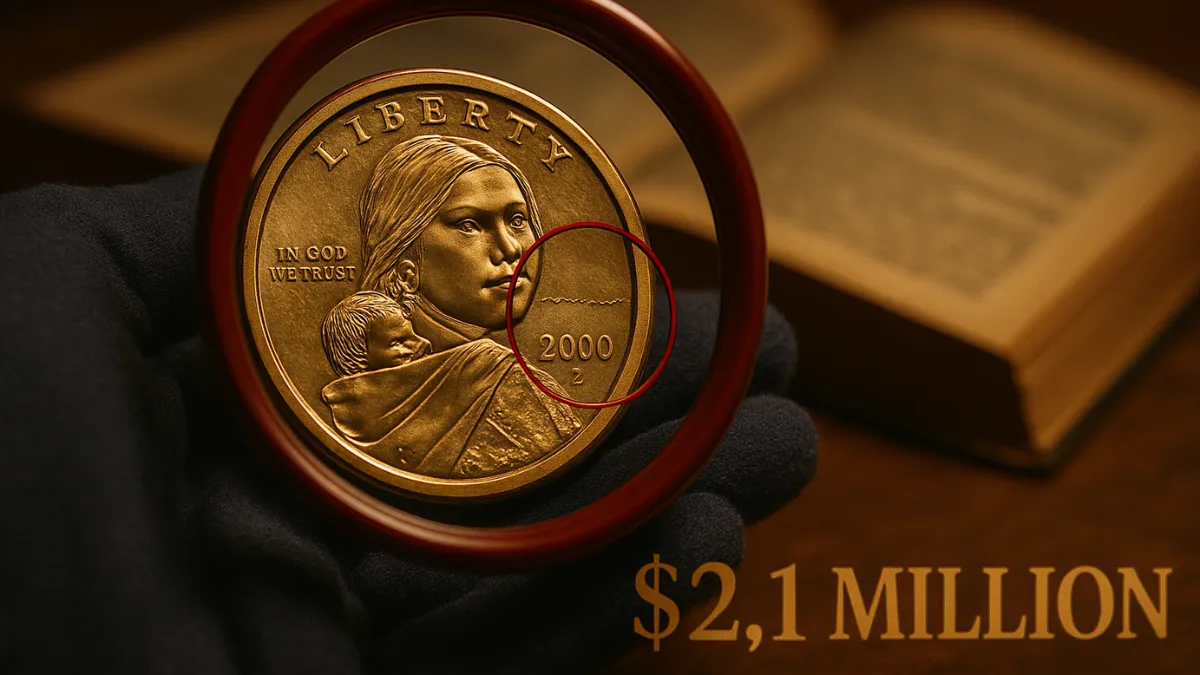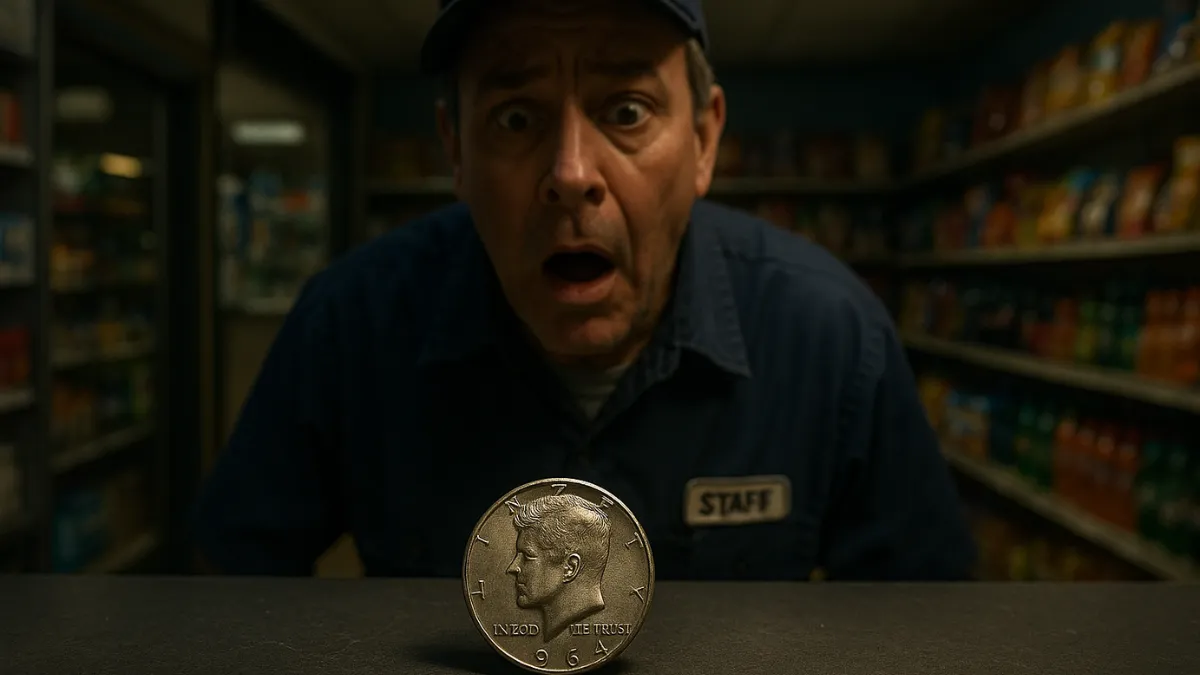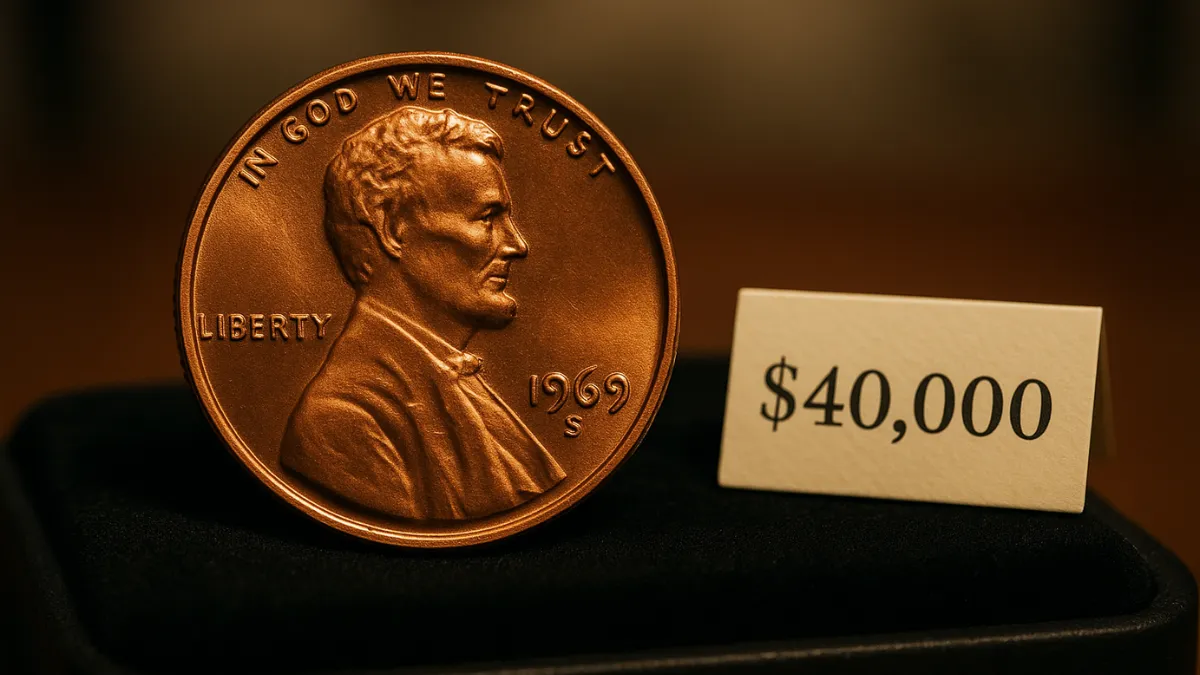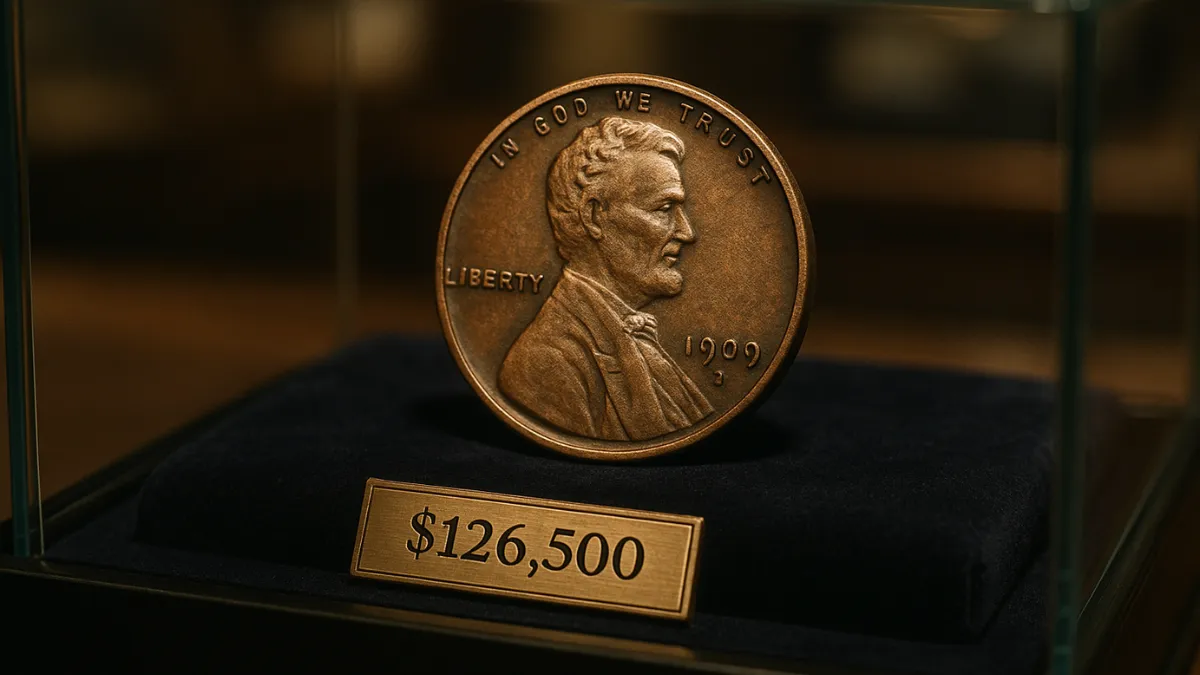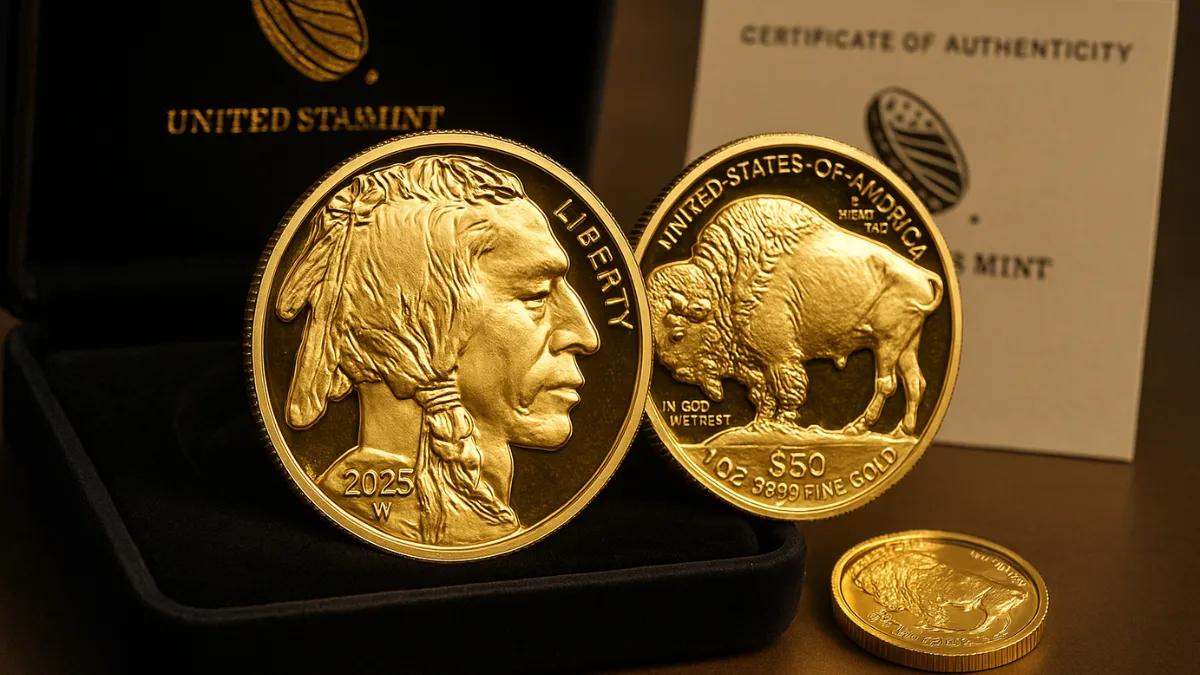Most Sacagawea dollars you find are only worth one dollar. But hidden among them is a very rare coin — a Sacagawea dollar once sold for $2.1 million. This special coin is not just exciting for collectors; it’s also part of U.S. coin-making history.
If you want to know whether you’ve got one of these rare treasures in your hands, here’s how to check for it and what makes it so valuable today.
The $2.1 Million Sacagawea Dollar: What Makes It Special?
The valuable Sacagawea dollar is not just rare — it’s an error coin called a mule. In coin terms, a mule happens when the wrong front and back designs are used together. This rare dollar features:
The front of a 1999 Washington quarter
The back of a Sacagawea dollar from 2000
Only a few of these coins were ever made. Their mistake makes them extremely valuable. One of them was bought by a private collector for $2.1 million, making it one of the most valuable modern U.S. coins ever sold.
How to Identify This Rare Mule Coin
If you are going through your change or checking a coin jar, keep an eye out for these clues:
| Feature | What to Look For |
|---|---|
| Obverse Design | George Washington like a 1999 state quarter |
| Reverse Design | Sacagawea with her baby, seen on the 2000 dollar |
| Coin Color | Gold-colored like a dollar, not silver like a quarter |
| Date | 1999 on front but gold color indicates something’s off |
| Edge | May be smooth or inscribed, different from quarters |
Seeing any of these might mean you’ve found a valuable coin. Don’t ignore it.
Quarter Front, Dollar Back
Check the front of the coin. A real mule will have George Washington’s face, just like a regular 1999 quarter. But flip it over, and you’ll see Sacagawea holding her baby.
That’s the standard design from the Sacagawea dollar, which started in 2000. If both these things are true, the coin might be a mule and very rare.
Wrong Metal Color
Sacagawea dollars have a unique golden color, while quarters are silver-colored. If your coin looks like a golden quarter, that’s a clue.
A coin like this could be a mule error — and that mistake makes it more valuable. Many people might miss this detail, so always double-check any odd-colored coins you come across.
Date Clue
Check the date on the coin. If it says 1999 but has the golden shine of a dollar coin, it’s definitely worth a second look. Known mule coins usually have a 1999 date on the quarter side and the regular Sacagawea back from 2000. This odd mix of years and designs is what makes the coin so interesting and valuable.
Edge Characteristics
The edge of a coin can also help you figure out what it is. Sacagawea dollars usually have a smooth edge or an edge with writing, depending on the year it was made.
If the coin has a strange edge that doesn’t match regular quarters or dollars, that’s another clue. An unusual edge is a strong sign of an error coin.
Expert Verification Is Key
Even if you’re sure the coin is special, never try to clean it or change it in any way. Doing so can lower its value a lot. Instead, you should:
Visit a coin expert or coin shop
Send the coin to PCGS or NGC for grading
These services can confirm if it’s a real mule coin. If it is, it might be worth hundreds of thousands—or even millions—of dollars. Only experts can give you the correct answer, so don’t guess on your own.
Final Thoughts
The rare Sacagawea mule coin shows that valuable things can still be found in regular change. It’s a reminder that mistakes from the mint can create treasures.
Though this coin is extremely rare, people still find old coins in jars and purses every day. If something looks off about your coin, don’t ignore it. You might be holding something worth a fortune without even knowing it.
FAQs
What is a mule error coin?
A mule error coin is made when two mismatched sides—front and back—are used together during minting, making it a rare mistake.
How many of these Sacagawea mule coins exist?
Only a few are known to exist, which makes them incredibly rare and valuable among collectors.
Can I find one of these coins in circulation?
While highly unlikely, some were found in circulation or coin rolls, so it’s possible, though very rare.
What should I do if I think I found one?
Do not clean it. Take it to a certified coin dealer or send it to PCGS or NGC for verification and grading.
